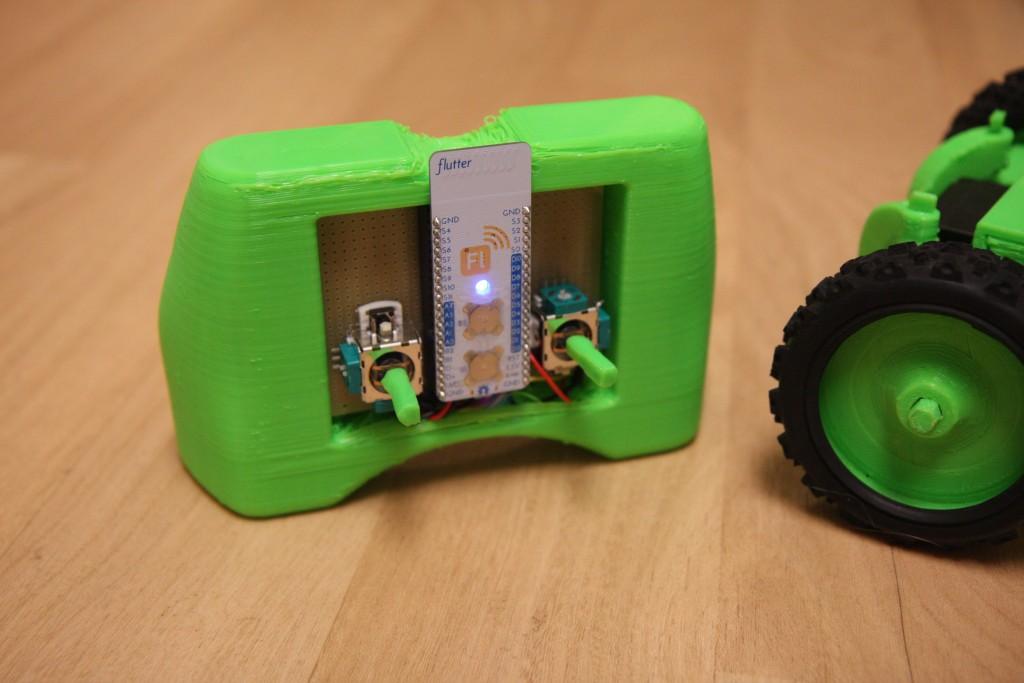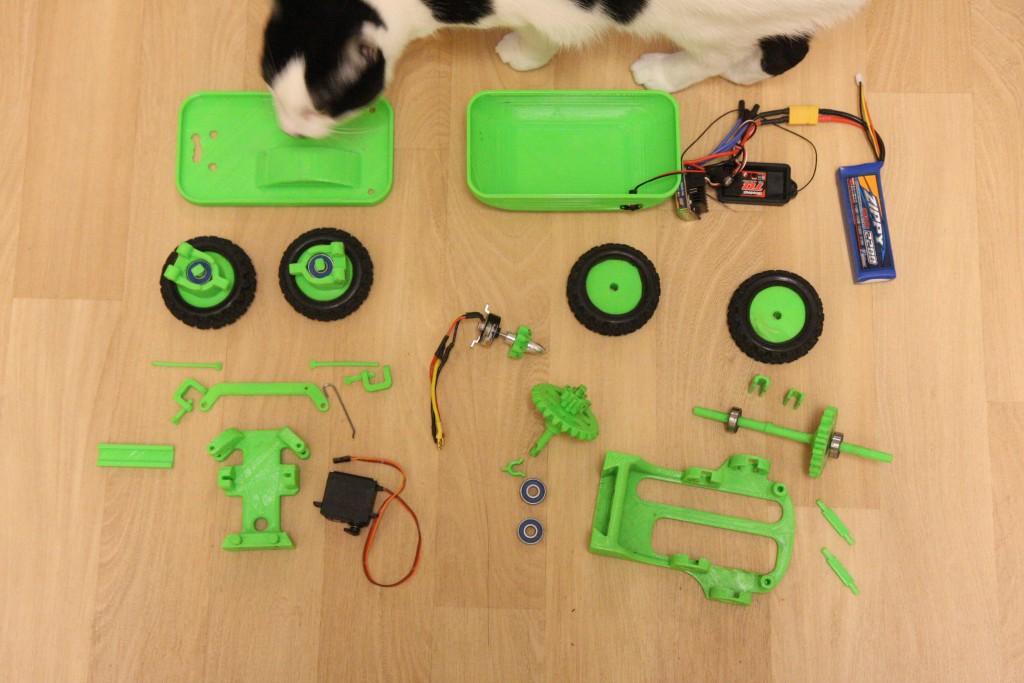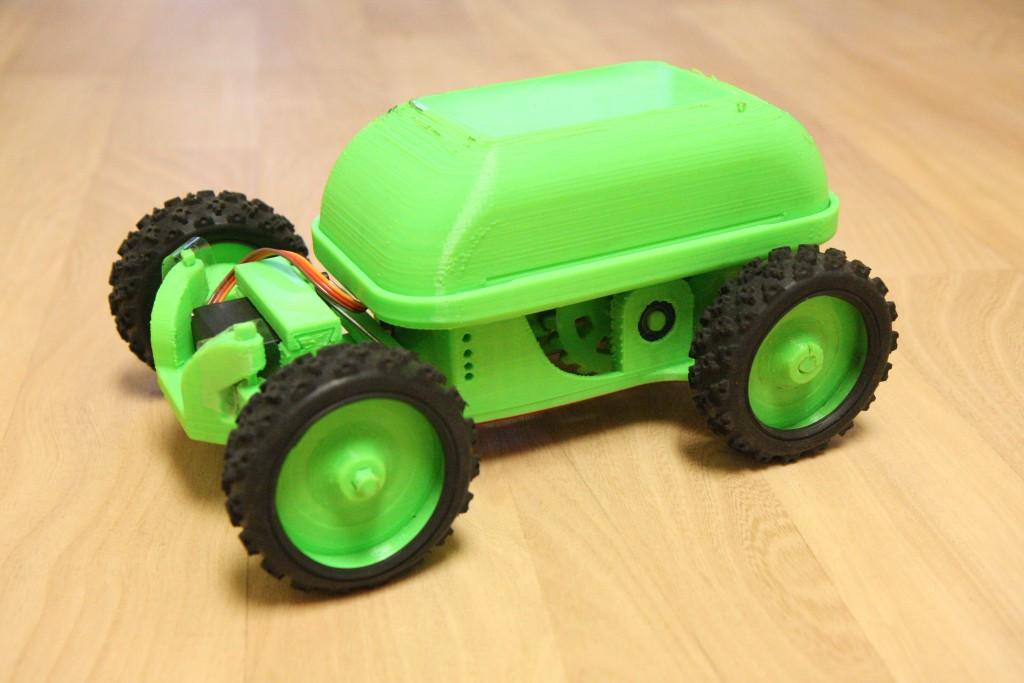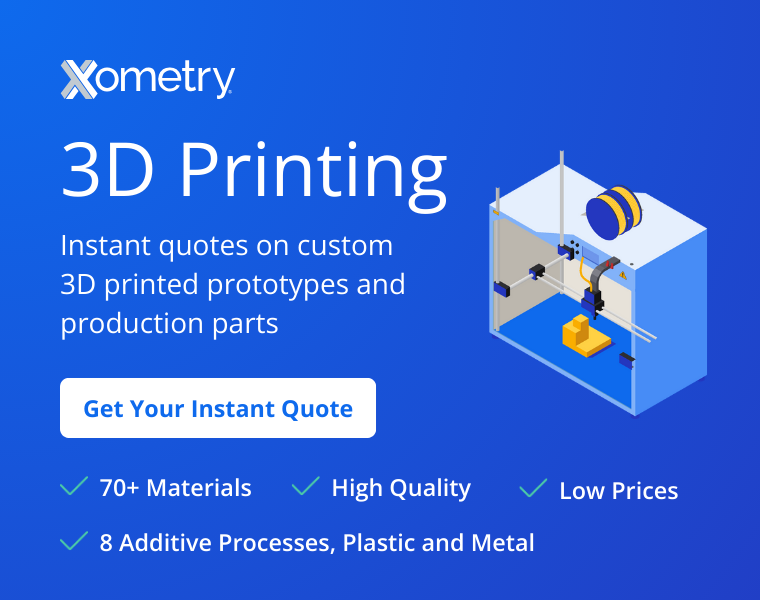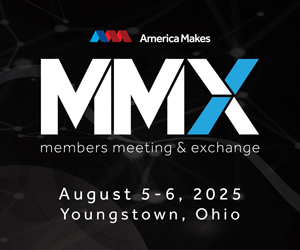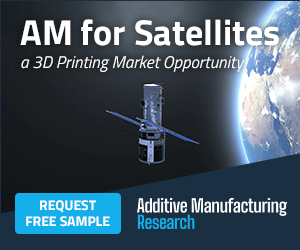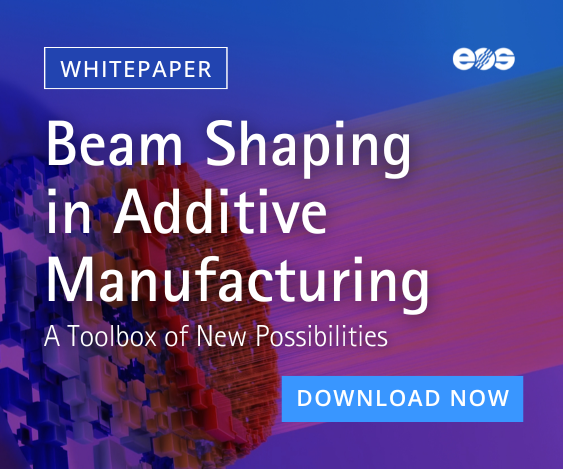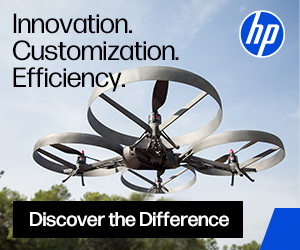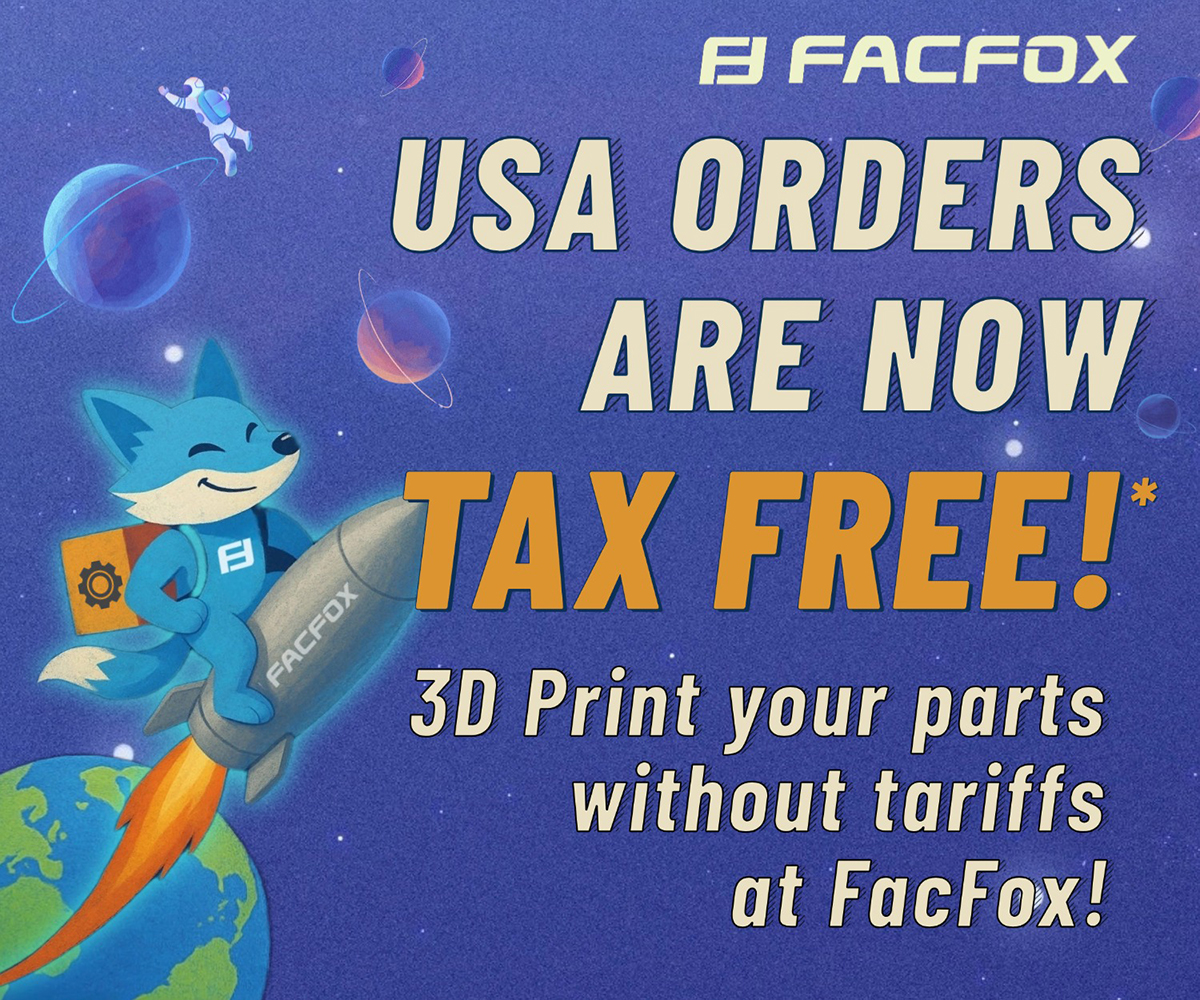GitHub contributor Taylor Alexander built his first robot when he was 15. Clearly anything but easily intimidated, he identified a need: After building many projects, he became frustrated with how difficult it was to connect two Arduinos wirelessly. That inspired Alexander, of Campbell, California, to invent Flutter, a programmable processor core for electronics projects. It allows users — hobbyists, students, engineers — to develop mesh networking protocols and connected devices. It’s perfect for robotics, consumer electronics, wireless sensor networks, and educational platforms. Flutter is built on Arduino, so it’s easy to program, with wireless built right in.
Flutter features a fast ARM processor (Advanced RISC Machine — essentially an RISC processor, but enhanced these days to speed them up; they’re use in all sorts of devices like tablets, routers, smartphones, and so forth), built-in battery charging, a powerful long-range wireless communication, and an on-board security chip.
Alexander uses Flutter in his Flutter Scout 3D printable remote control car.
“Scout,” explains Alexander, “is an experimental vehicle that can be printed by anyone with a 3D printer with at least 165mm of travel in one axis.”
He printed the original prototypes on an Ultimaker 3D printer, a printer he enthusiastically recommends. One great thing about his design is that no screws are required. You can skip the potentially aggravating search for the right screws and the painstaking process of screwing parts together. The Scout actually snaps together using clips and interlocking parts, which means the entire vehicle can be disassembled and reassembled in just a few minutes.
Alexander designed Scout pretty quickly over the course of a few weekends, so, although he shared the files, he cautions that the car has some flaws: The right angle mounting of the motor creates a weak point with the bevel gears. The wheels, which should slip on, need a bit of coaxing to get them in place (he used a mallet). The steering requires a piece of bent piano wire, which needs to be replaced with a printed linkage. The body shell comes off easily, so you’ll have to wrap tape around the body to keep everything in place.
There are a few other somewhat major flaws, but Alexander encourages the GitHub community to improve on his design. As for printing, he recommends that, if you’re making Scout, “The rear axle should be 100% infill for strength. Everything else can generally be 20%-20% infill.”
Evidently, its imperfections haven’t made Scout less functional. “Despite these flaws,” notes Alexander, “the car is impressibly capable. It can even pull ten foot wheelies,” which may make all of the MacGyvering post assembly less annoying. It has to be satisfying, furthermore, that the vehicle operates thanks to his own ingenuity and Flutter. Speaking of Flutter, you don’t necessarily need to use it. You can “use any normal remote control car radio, though,” Alexander pointed out, “steering may be backwards.”
What do you think about Alexander’s take on wireless technology? Will you 3D print your own Scout RC car? Let us know your thoughts over at the 3D Printed Scout Car with Flutter Wireless forum thread at 3DPB.com.
Subscribe to Our Email Newsletter
Stay up-to-date on all the latest news from the 3D printing industry and receive information and offers from third party vendors.
Print Services
Upload your 3D Models and get them printed quickly and efficiently.
You May Also Like
The Dental Additive Manufacturing Market Could Nearly Double by 2033, According to AM Research
According to an AM Research report from 2024, the medical device industry, specifically in dentistry, prosthetics, and audiology, is expected to see significant growth as these segments continue to benefit from...
Heating Up: 3D Systems’ Scott Green Discusses 3D Printing’s Potential in the Data Center Industry
The relentless rise of NVIDIA, the steadily increasing pledges of major private and public investments in national infrastructure projects around the world, and the general cultural obsession with AI have...
AM Research Webinar Explores Continuum’s Sustainable Metal Additive Manufacturing Powders
Metal additive manufacturing (AM) powder supplier Continuum Powders is working to develop solutions that empower industries to reduce waste and optimize their resources. An independent life cycle assessment (LCA) of...
3D Printed Footwear Startup Koobz Lands $7.2M in Seed Round
California-based Koobz is focused on reshoring the U.S. footwear supply chain with advanced manufacturing processes, including 3D printing. The startup just announced that it has added $6 million to its...


